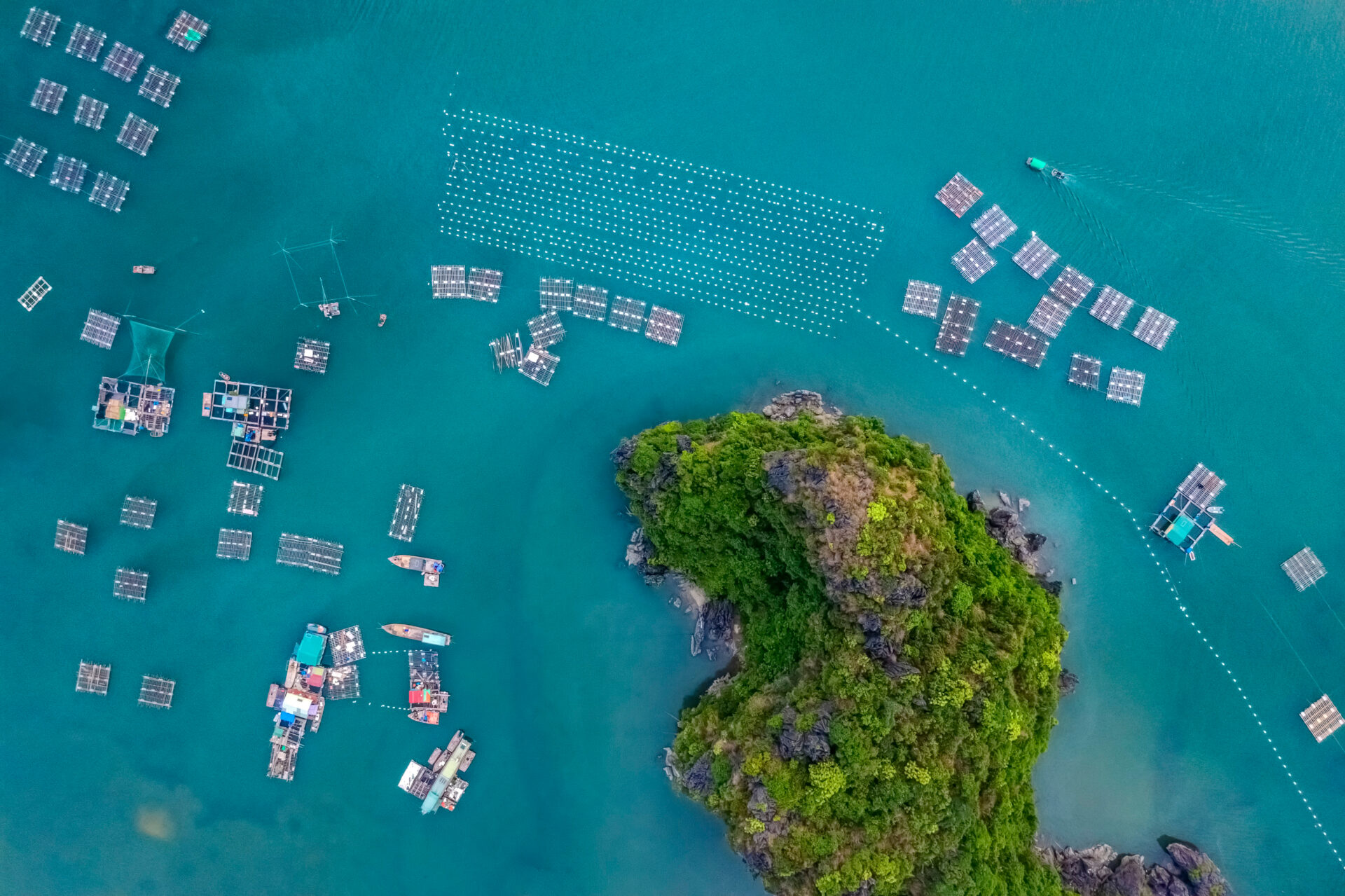COP26 comes at a critical moment. The latest IPCC science is clear. Robust action must be taken by every sector of society if we are to ensure a maximum of 1.5° Celsius warming and stop the precipitous loss of biodiversity.
The Ocean plays a vital role in combating climate change and is home to over 80 per cent of all life on Earth. It is the planet’s largest carbon sink and has absorbed over 90 per cent of the heat from our carbon emissions. It feeds and provides livelihoods to billions. It is unquestionably one of the planet’s greatest assets.
Yet the Ocean is in crisis. Pollution, overfishing, ocean heating, rising levels of acidity and biodiversity loss are eroding its sustainability at significant cost to communities, societies, and businesses – both in the short and long term.


